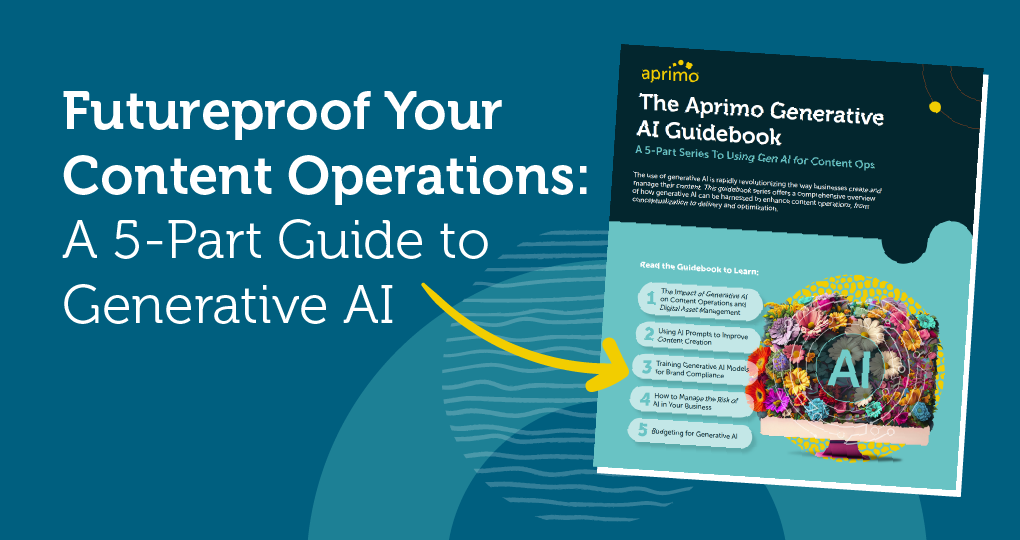DAM in the Metaverse: Preparing for the Digital Future

The metaverse is opening up new possibilities for businesses to expand operations into a shared, collective virtual space, created by virtually enhanced physical reality, augmented reality (AR), and the internet. Businesses are beginning to create a stake in the expansive network of 3D virtual worlds. The metaverse provides environments where people can interact, play, work, and socialize in ways that go beyond what’s possible in the physical world. While the metaverse will eliminate the need for many traditional assets such as real estate and office equipment, digital assets will take center stage. This increased importance of digital assets will make digital asset management (DAM) a top priority for companies operating in the metaverse.

Understanding DAM in the Metaverse
DAM, in the context of the metaverse, refers to the practices and technologies used for storing, organizing, accessing, and sharing digital assets. These assets can range from 3D models and virtual real estate to digital art and other multimedia content relevant to the immersive virtual worlds of the metaverse.
As the metaverse expands, it will become home to an increasing volume of digital assets, each with unique attributes and values. Managing these assets effectively will keep them safe and easily accessible and help them retain their integrity and value. For content creators, artists, businesses, and users, a digital asset management system provides a structured way to catalog and retrieve their digital assets, much like a library’s system organizes books and resources.

The Metaverse: A New Frontier for Digital Assets
The metaverse merges augmented and virtual realities and creates an immersive, persistent digital universe. Digital assets are the foundation of the metaverse.
They’re the basis of user interactions, commerce, and creativity. Managing these assets with digital asset management software creates challenges and opportunities. The challenges include handling different types of data across multiple virtual spaces, safeguarding intellectual property, and adapting to new technologies. Companies that manage the challenges well will find opportunities for innovative asset monetization, increased user engagement, and chances to develop new digital asset formats.

Leveraging DAM for Metaverse Content Creation
Integrating DAM systems with metaverse platforms allows you to seamlessly manage many types of digital assets ? from 3D models to interactive environments. This integration streamlines content creation workflows so your teams can easily organize, retrieve, and modify assets.
DAM systems act as a single source of truth that makes sure your digital assets are accessible on demand and well cataloged. Your teams can quickly find and reuse assets in multiple metaverse scenarios. DAM software also organizes your assets so they’re consistently updated and compatible with metaverse environments. You need to keep your digital assets meticulously organized to provide the best quality user experience and build your reputation in the metaverse.

Security and Privacy Considerations in the Metaverse
With cybersecurity attacks on the rise, data protection is a major concern for every organization. You have to share your digital assets to use them effectively, but sharing any type of data increases the security risks. Data security and user privacy within the metaverse need to be addressed head on through strong encryption and strict access control.
DAM systems will need to comply with international data protection regulations such as the EU’s General Data Protection Regulation (GDPR) given the worldwide access to the metaverse. This includes anonymizing user data where possible and being transparent about data usage to protect user privacy and data integrity.

Future Trends and Innovations in DAM and the Metaverse
The metaverse is still in its infancy, so opportunities for innovation are almost limitless. Future trends suggest AI and machine learning will be integrated into DAM practices, offering smarter asset organization, automated tagging, and predictive analytics for asset usage.
This advancement will facilitate more intuitive storage, retrieval, and distribution mechanisms that can adapt to the dynamic needs of metaverse environments. AI-driven systems are revolutionizing all industries, and few are more poised to benefit than digital environments.
Updates may allow real-time, context-aware decisions and personalized content delivery. Additionally, advancements in blockchain technology and Web 3.0 will improve security and authenticity, providing transparent and verifiable ownership of digital assets. This new tech will increase the scalability, efficiency, and user experience of DAM in the metaverse landscape.

Navigating Legal and Regulatory Frameworks
Legal and regulatory compliance is an increasing concern for many businesses. The regulatory landscape is rapidly changing, with many states adopting their own data protection regulations. For DAM systems operating within the metaverse, compliance is even more complex due to the global and borderless nature of the virtual world. DAM platforms must comply with international laws and regulations regarding digital content and IP rights to guarantee your digital assets are managed and distributed legally.
The decentralized nature of the metaverse also poses jurisdictional challenges, which complicate law enforcement and dispute resolution. Modern systems will have to find innovative legal solutions and international cooperation to develop standards and frameworks that protect creators’ rights without hindering the growth and accessibility of the metaverse.




